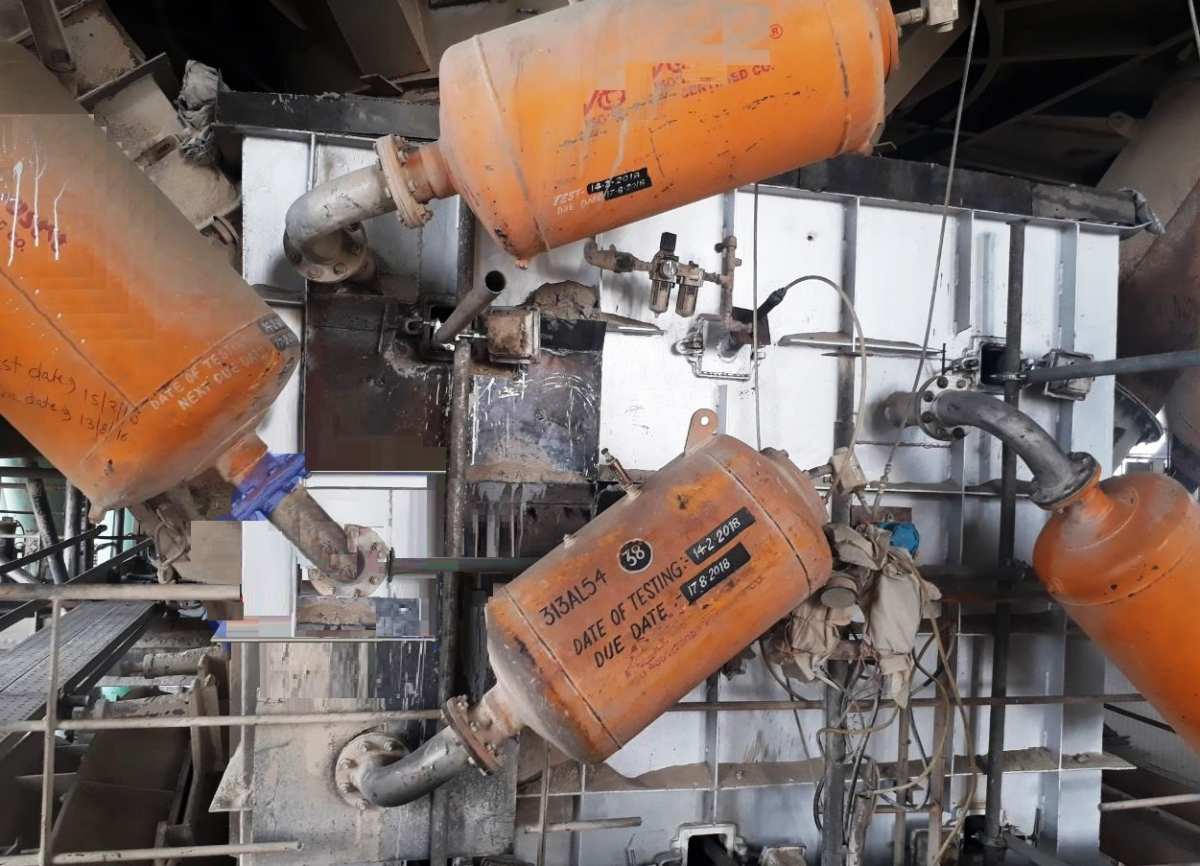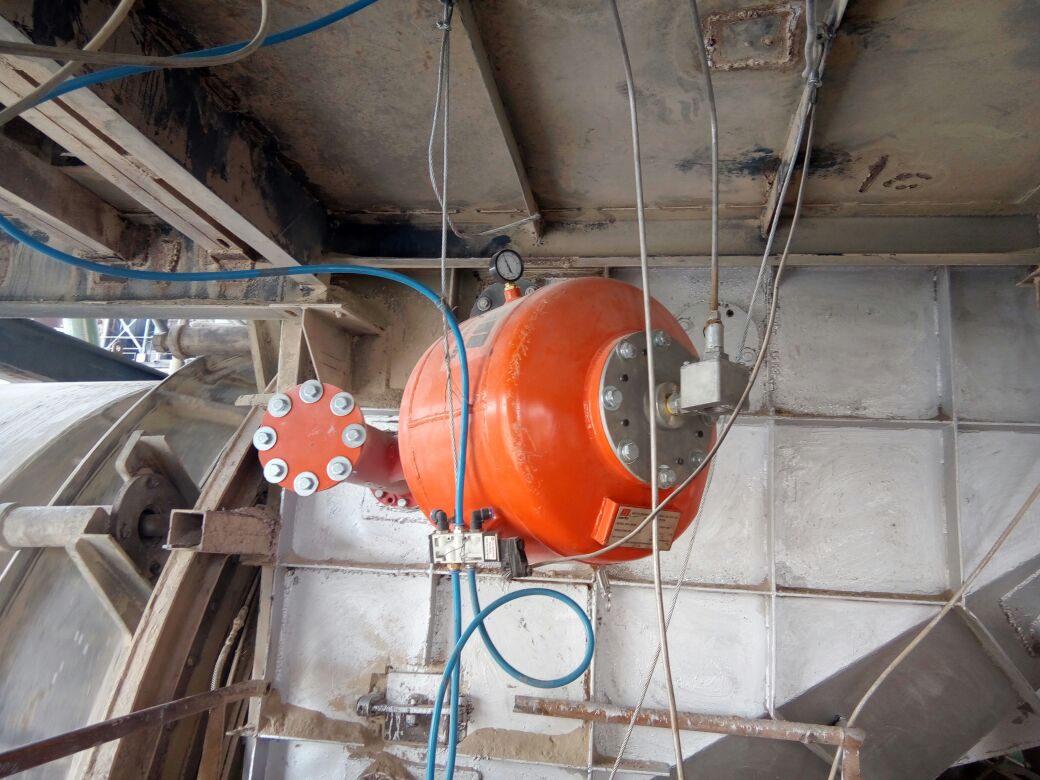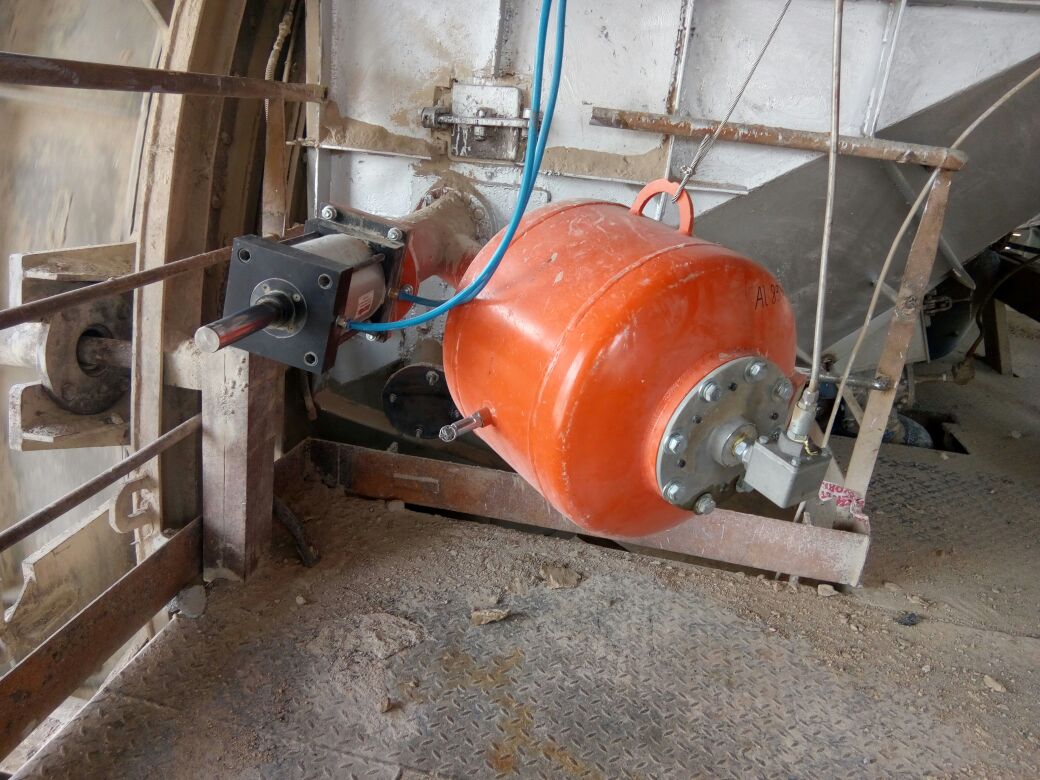Martin® Typhoon Air Cannon
"Safety is critical, and we are very happy with this solution," said an operator. "The improvement to efficiency exceeded our expectations."
Typhoon Air Cannons at Zinc Mine
The firm was experiencing blockage issues in the lime bin at both discharge points, which impacted the pH of the lime and caused material deterioration. Electric vibrators on the bin were ineffective and prone to failure, requiring plant personnel to manually clear the accumulation. The situation was wasting valuable manpower and affecting overall efficiency. After a thorough review of the process, Martin Engineering technicians recommended a series of air cannons to better control material flow and minimize buildup. Since the installation, operators report experiencing no material buildup or blockage issues, as well as improved quality from the stabilized pH of the outflow.
Typhoon Air Cannons
Maintenance personnel had to try manually hammering on the vessel walls and poking the material in an attempt to dislodge it, but their efforts were largely ineffective while causing damage to the silo walls.


